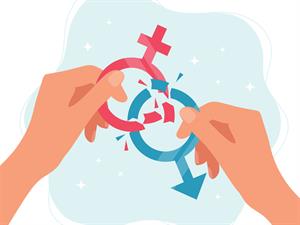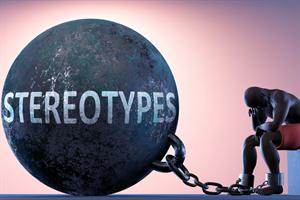
PUMPA - SMART LEARNING
எங்கள் ஆசிரியர்களுடன் 1-ஆன்-1 ஆலோசனை நேரத்தைப் பெறுங்கள். டாப்பர் ஆவதற்கு நாங்கள் பயிற்சி அளிப்போம்
Book Free DemoIn India, we believe in 'Unity in Diversity'. We live in a society that comprises people from various social groups, and we live peacefully with one another irrespective of those differences.
But at times, we can see some people don't accept this diversity and form a hostile attitude towards others who are 'different' from them. These opinions lead to tensions in society, and these opinions are 'Prejudiced'.
Prejudice means to judge other people in a negative or inferior manner, without knowing much about them. It happens when people have false belief and ideas.
(Prejudice = Pre + Judge)
The word ‘prejudice’ refers to pre-judgement.

Expressing Prejudice
Prejudices can be based on things like people's religious belief, the colour of their skin, their accent or their clothes, or even their region. The types of prejudice are gender prejudice, racial prejudice, class prejudice, disability prejudice, etc.
Example:
Urban people are more civilised than rural people in attitudes and behaviour, which is one such prejudice.
Causes for Prejudice:
Some common social factors that contribute to the rise of prejudice are
1. Socialisation
2. Conforming behaviours
3. Economic benefits
4. Authoritarian personality
5. Ethno–centrism
6. Group closure
7. Conflicts
Stereotypes:
When prejudice gets stronger, it develops into a stereotype. A stereotype is a false view or idea about something.

Stop gender stereotypes
For example, Girls are not good at sports.
Children learn stereotypes at a very early stage. This learning develops into powerful ideas or opinions about things, groups or ideologies. So it is essential to break these stereotypes and prejudices in society to achieve a collective society.

Stop Stereotypes
Example:
Gokul fell from the bicycle, and he started crying. On seeing this, others began to laugh at him; Varun felt sad for him but started laughing along with other boys.
In the above example, we have a general opinion that girls cry and boys don’t cry. This is an example of Gender-based stereotypes. This type of stereotypes is often seen in films, advertisements and TV serials.